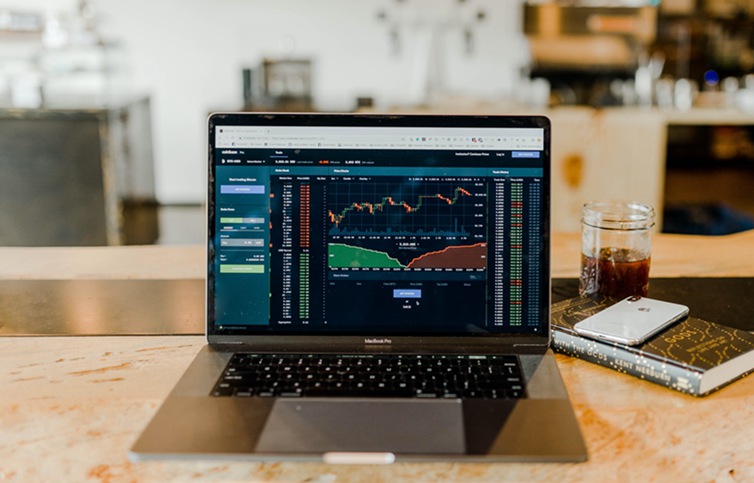WRAPUP 3-Pre-tariffs buying fuels US retail sales, weakness lies ahead

By Lucia Mutikani
WASHINGTON, April 16 (Reuters) - U.S. retail sales increased by the most in more than two years in March as households stepped up purchases of motor vehicles and a range of other goods to avoid higher prices from tariffs, likely barely keeping the economy afloat in the first quarter.
With the stock market selling off and consumer sentiment tanking amid a darkening economic outlook wrought by President Donald Trump's constantly changing tariff policy, the robust sales pace reported by the Commerce Department on Wednesday will probably fizzle in the months ahead as consumers hunker down.
Economists' gross domestic product growth estimates for the January-March quarter remained stuck below a 0.5% annualized rate, keeping intact investors' fears of stagnant growth and high inflation, commonly referred to as stagflation.
Federal Reserve Chair Jerome Powell at an Economic Club of Chicago event on Wednesday acknowledged the economy appeared to have slowed last quarter, noting "inflation is likely to go up as tariffs find their way and some part of those tariffs come to be paid by the public."
"It's hard to feel good about Americans panic buying cars as consumer confidence craters," said Bill Adams, chief economist at Comerica Bank. "The economic outlook is in flux with large changes to trade policy nearly every day. Businesses selling cars, appliances and electronics are likely to see less demand in the next month or two as panic buying ends."
Retail sales increased 1.4% last month, the largest gain since January 2023, after an unrevised 0.2% rise in February, the Commerce Department's Census Bureau said. Economists polled by Reuters had forecast retail sales, which are mostly goods and are not adjusted for inflation, accelerating 1.3%.
Sales soared 4.6% year-on-year in March. Trump's 25% global car and truck tariffs came into effect in early April, with industry analysts and manufacturers warning that the duties would significantly raise motor vehicle prices.
Motor vehicle manufacturers reported a big jump in auto sales in March, attributed by some to a rush by buyers "to try and beat the tariffs." A slew of other duties have been imposed on most goods, resulting in a stampede by consumers to stock up.
Receipts at auto dealerships accelerated 5.3%, the biggest advance since January 2023. Sales at building material and garden equipment suppliers shot up 3.3%. Sporting goods, hobby, musical instrument and bookstore sales rose 2.4%.
Receipts at food services and drinking places, the only services component in the report, rebounded 1.8%. That was the largest increase since January 2023. Economists view dining out as a key indicator of household finances.
Bank credit and debit card data suggest spending continues to be driven by high-income households, with low-income consumers struggling. But amid the sharp losses in asset prices, there are worries high-income households could start retrenching.
Consumer sentiment is near three-year lows, with 12-month inflation expectations the highest since 1981. Mass layoffs of public workers as part of an unprecedented campaign by the Trump administration to downsize the federal government are also weighing on morale and could be a potential drag on spending.
Economists said the current economic environment could spur precautionary saving, potentially undercutting spending.
"Ordinarily, we would expect consumers to reduce their saving during an inflationary shock, dampening the hit to spending," said Michael Pearce, deputy chief U.S. economist at Oxford Economics. "However, given the shock to confidence and the hit to household wealth we now anticipate a rise in precautionary saving. That will amplify the hit to consumer spending from the incomes shock that tariffs will deliver."
Stocks on Wall Street fell on trade jitters. The dollar dropped against a basket of currencies. U.S. Treasury yields were mostly steady.
BROAD GAINS
Financial markets continued to expect the U.S. central bank would resume cutting interest rates in June, having paused its easing cycle in January as policymakers weighed the economic impact of the White House's trade policy. The Fed's benchmark overnight interest rate is currently in the 4.25%-4.50% range.
Clothing store sales rose 0.4% while those at electronic retailers increased 0.8%. But receipts at furniture outlets dropped 0.7%. Online store sales edged up 0.1%.
Retail sales excluding automobiles, gasoline, building materials and food services rose 0.4% in March after an upwardly revised 1.3% advance in February. These so-called core retail sales correspond most closely with the consumer spending component of gross domestic product.
Economists had forecast core retail sales rising 0.6% after a previously reported 1.0% jump in February.
Despite the strength in core retail sales in the last two months, economists estimated consumer spending slowed to about a 1% rate in the first quarter because of sluggish outlays on services, outside of necessities like utilities and insurance.
Consumer spending grew at a 4.0% pace in the October-December quarter.
The rush to beat tariff-related price hikes helped to support production at factories in March.
Manufacturing output rose 0.3% after rebounding 1.0% in February, the Fed said in a separate report, driven by strong rises in the production of motor vehicles as well as aerospace and miscellaneous transportation equipment. It grew at a 5.1% rate in the first quarter.
"The unfortunate circumstance is this will likely be short-lived," said Shannon Grein, an economist at Wells Fargo. "Increased uncertainty around tariff policy has led many businesses to pause major capex, which is set to bite domestic manufacturing."
The Atlanta Fed expects GDP adjusted for imports and exports of gold to contract at a 0.1% rate in the first quarter. A surge in imports as businesses front-loaded goods to avoid tariffs likely weighed on GDP. The economy grew at a 2.4% pace in the fourth quarter.
"With the economy set to cool sharply in the coming months as tariffs take their toll, price-sensitive consumers are poised to become more judicious with their spending and reduce their non-essential purchases," said Lydia Boussour, senior economist at EY-Parthenon.




